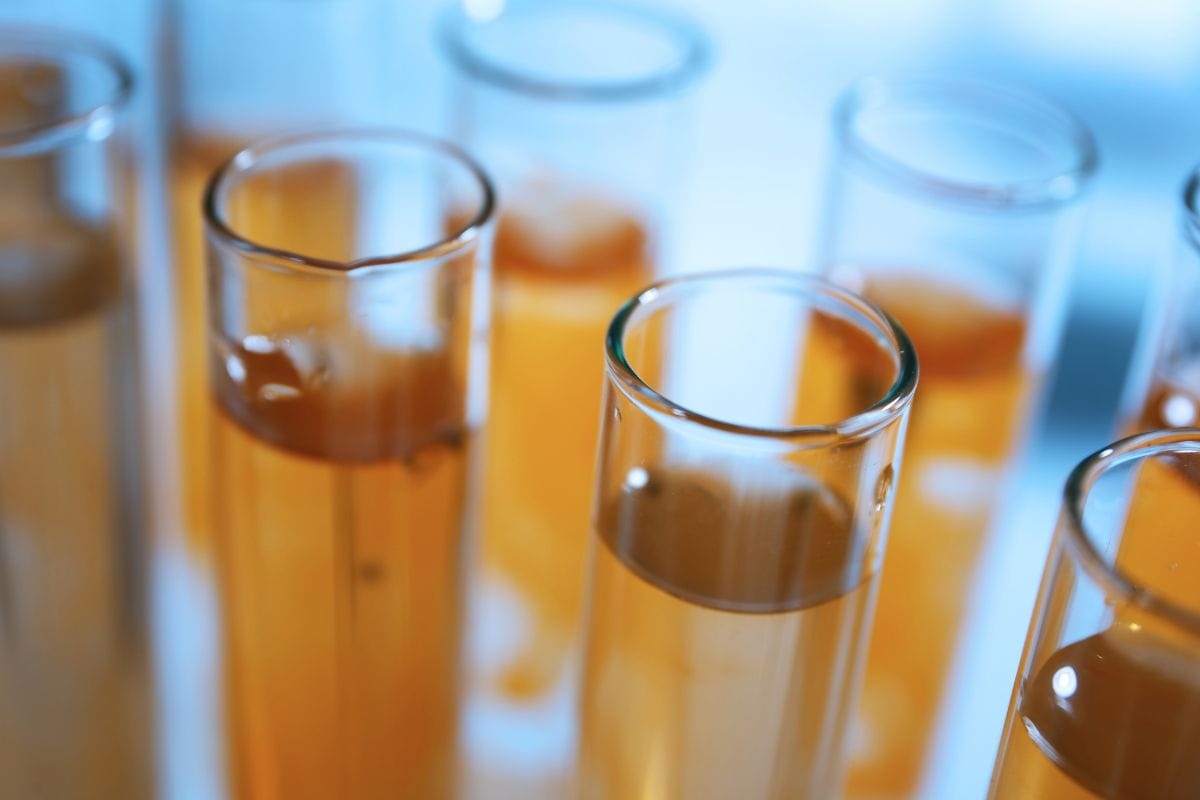Water softeners are an invaluable tool in homes struggling with hard water. They improve water quality and protect water installations and household appliances against scale formation. However, softener users may sometimes encounter the problem of yellow water in the device's chamber. This phenomenon may cause concern, but understanding the causes will help you take appropriate corrective action.
Causes of yellow water in the softener chamber
1. Presence of iron and manganese in raw water
One of the main causes of yellow water in the softener chamber is the high concentration of iron and manganese in the raw water. These metals can give water a yellowish or even brown color. Water softeners are designed to remove water hardness caused by calcium and magnesium, not to filter iron and manganese, which may require additional filtration systems.
2. Bacterial growth
Another cause may be the growth of iron or sulfur bacteria in the system. These microorganisms can feed on the minerals in the water, causing the water to turn yellow or brown. These bacteria can also cause an unpleasant odor reminiscent of rotten eggs.
3. Organic pollutants
Water that may come from surface sources, such as rivers or lakes, may contain organic pollutants that also affect the color of the water. The process of decomposition of organic matter in water can lead to the formation of yellow dyes.
4. Incorrect operation of the softener
Problems with the softener regeneration cycle, such as insufficient salt in the brine tank or improper device settings, can also contribute to a yellow water problem. Ineffective regeneration of ion exchange resins may lead to incomplete removal of minerals and contaminants.
How to solve the yellow water problem?
1. Testing the water
The first step in solving the problem is to conduct a water quality test to identify the presence of iron, manganese and other contaminants. The test will help in selecting appropriate filtration or water treatment methods.
2. Installation of iron and manganese filters
If tests confirm high iron and manganese concentrations, it is recommended to install specialized iron and manganese filters before the water softener. These filters will effectively remove these metals from the water before it enters the softener.
3. System disinfection
If bacteria develop, it may be necessary to disinfect the water softening system. This process should be carried out in accordance with the recommendations of the device manufacturer or by a professional water treatment company.
4. Adjusting the softener settings
Verifying and adjusting your softener settings, such as regeneration time and frequency, can help ensure it is working properly and eliminate the yellow water problem.
Yellow water in the water softener
Yellow water in the water softener chamber can be the result of several factors, including high concentrations of iron and manganese in the water, bacterial growth, the presence of organic contaminants, or a malfunctioning softener. Solving the problem begins with a thorough diagnosis, after which appropriate filtration and disinfection methods can be used, as well as adjustments to the device settings. Regular maintenance and monitoring of water quality are crucial to ensuring the long-term effectiveness of your water softener.



